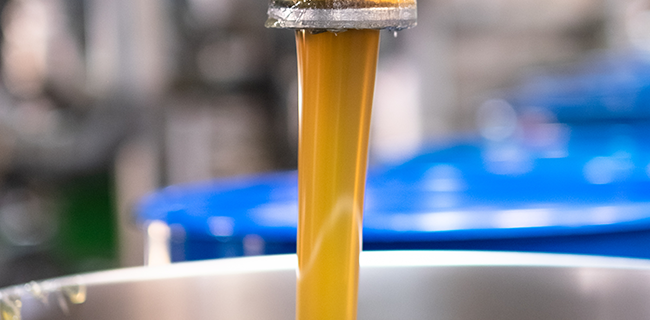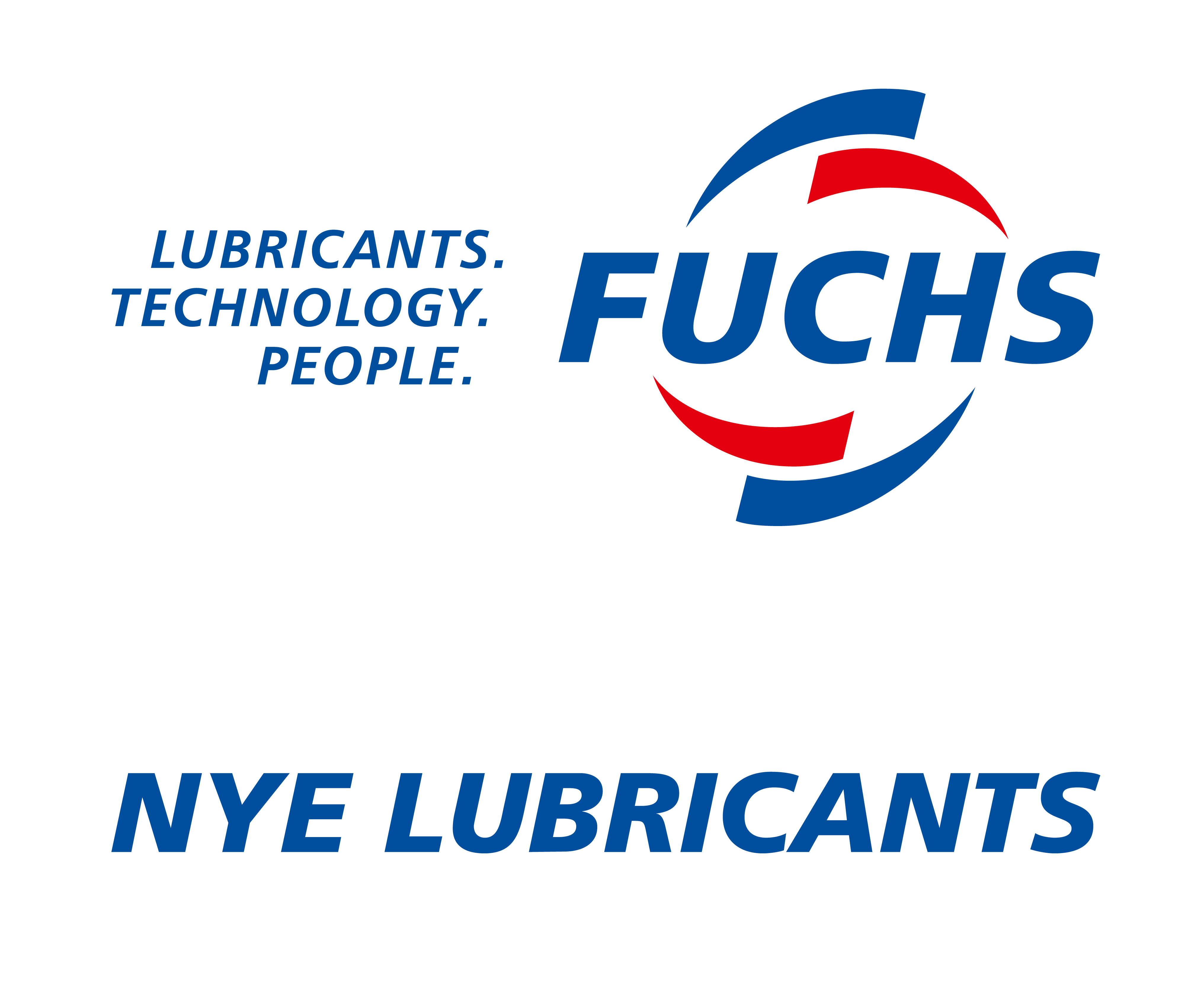Which Dispensing Method is Right for You?
For just about every assembly of any complexity, be it electronics or mechanics, lubricants are involved; if not within the assembly, then in the machinery used to produce the system components. For high volume production of components that do include lubricant as part of the bill of materials (BOM), it is prudent to consider all the variables in a dispense process that affect how much is dispensed and where it goes.
If a product designer had a crystal ball and they could foresee their design in high volume production, they would want the dispense process to be efficient and fast, to prevent wasting time and/or materials. Selecting the lubricant package and dispensing system can be rather important.
Dispensing lubricants is typically an easy task, as compared to the dispensing of other materials with a short “pot life” (such as thermosetting epoxy), but there are still many pitfalls to avoid. This article is an overview that covers many of the important considerations. In building first-article prototypes, lab technicians employ just about any process to apply lubricant, including using Popsicle® sticks, cotton swabs and gloved fingers.
Most of the time, the amount is not very critical, nor is the method. How technicians apply the lubricant depends largely on the product design itself, such as whether the application being lubricated is a bearing or bushing, electronics module, or medical device. When transitioning from low-volume prototyping to high-volume manufacturing, the same basic process should be repeated in a faster and more controlled way. The most economic and efficient way to dispense a product should be considered.
To learn more about what what dispensing method is right for you, download our whitepaper.
Related Technical Articles & White Papers
DISPENSING: Dispensing Industrial Lubricants
An overview that covers many of the important features to consider when selecting the proper dispensing method for your lubricant and application.
Robert Hoffman
Read More

